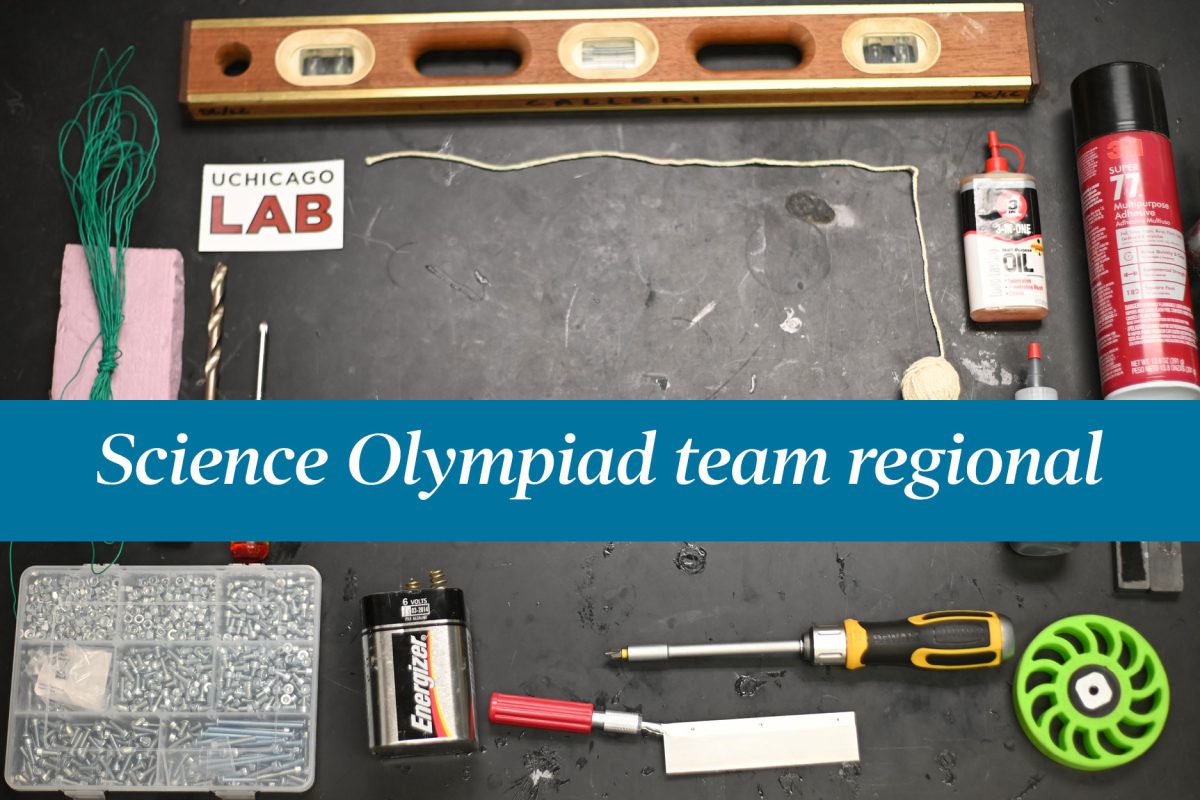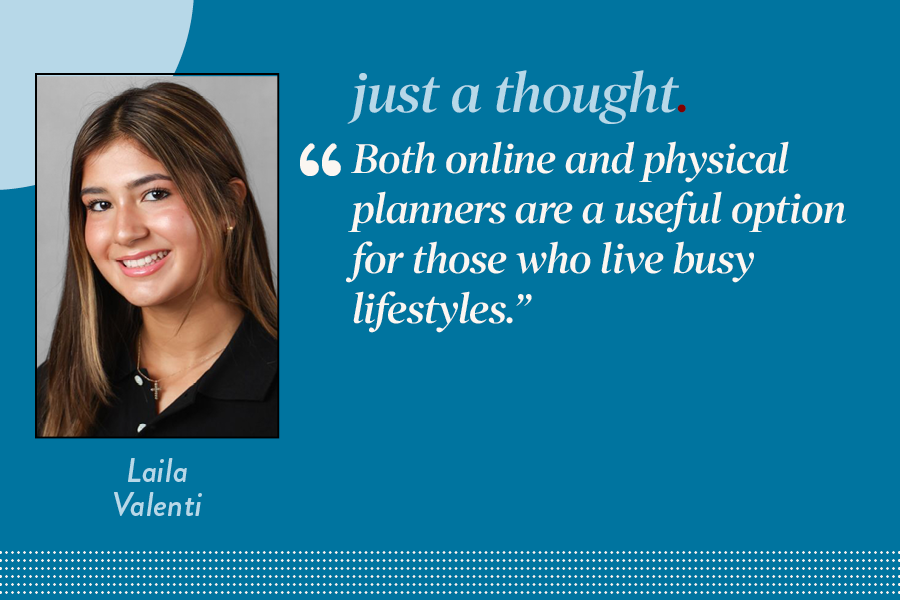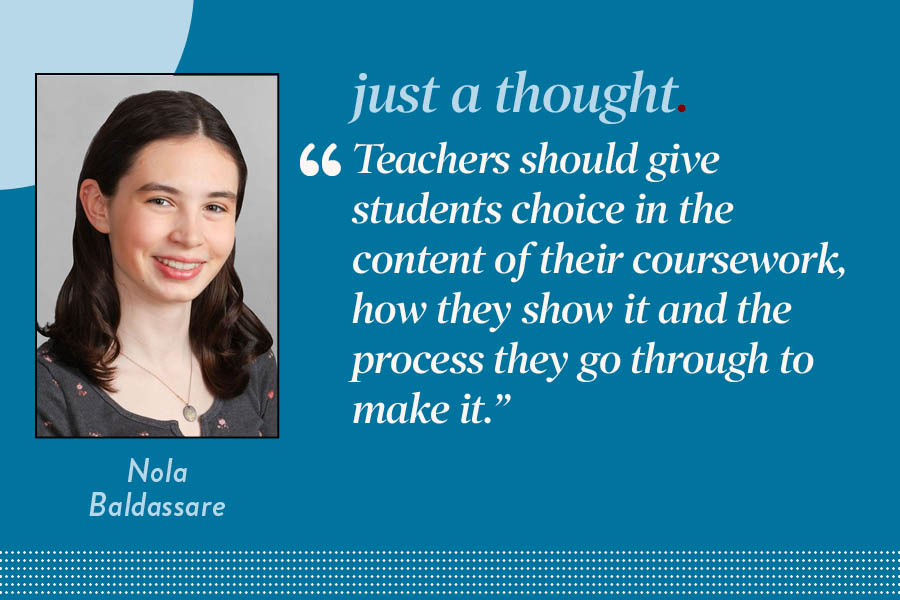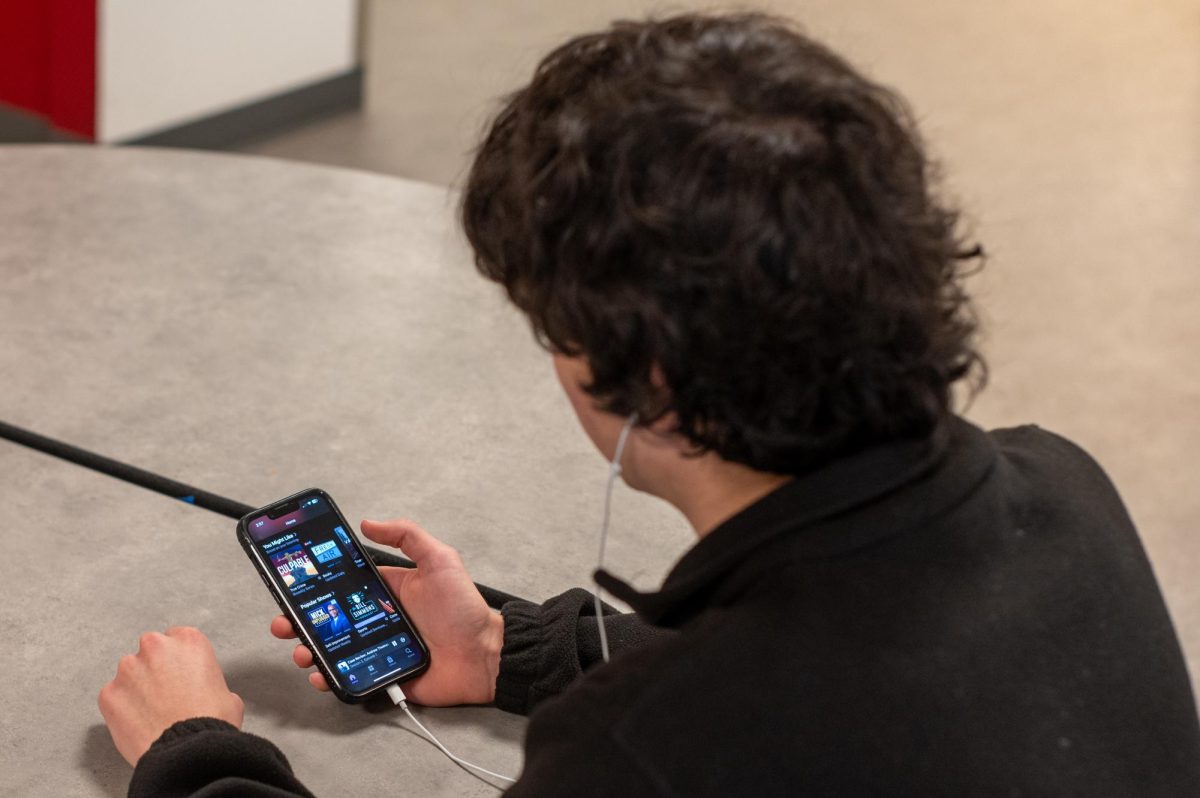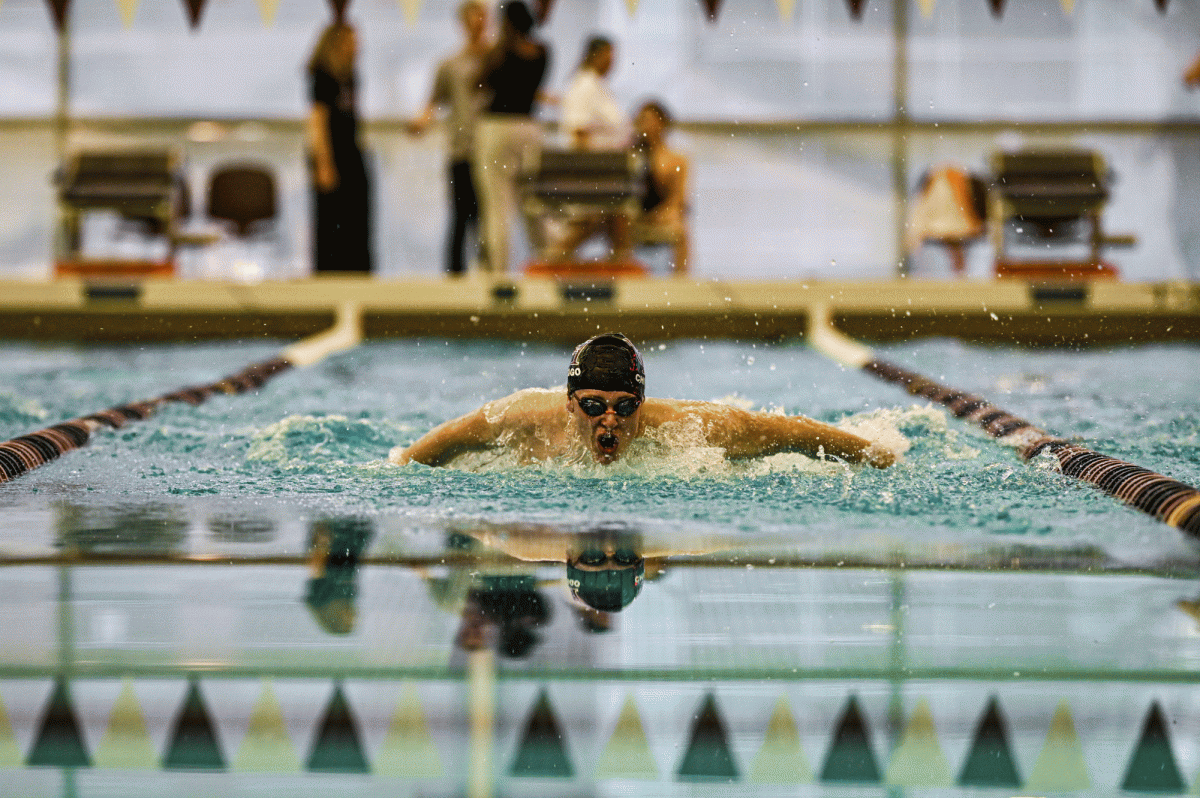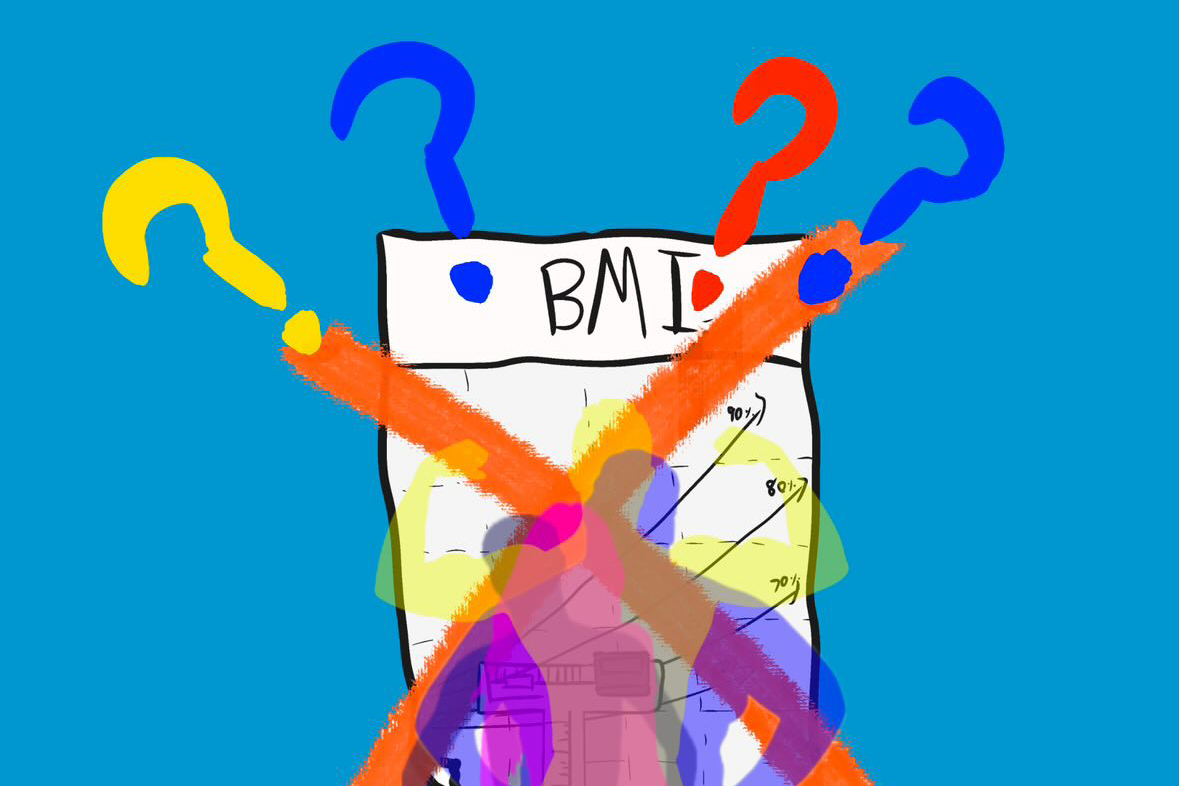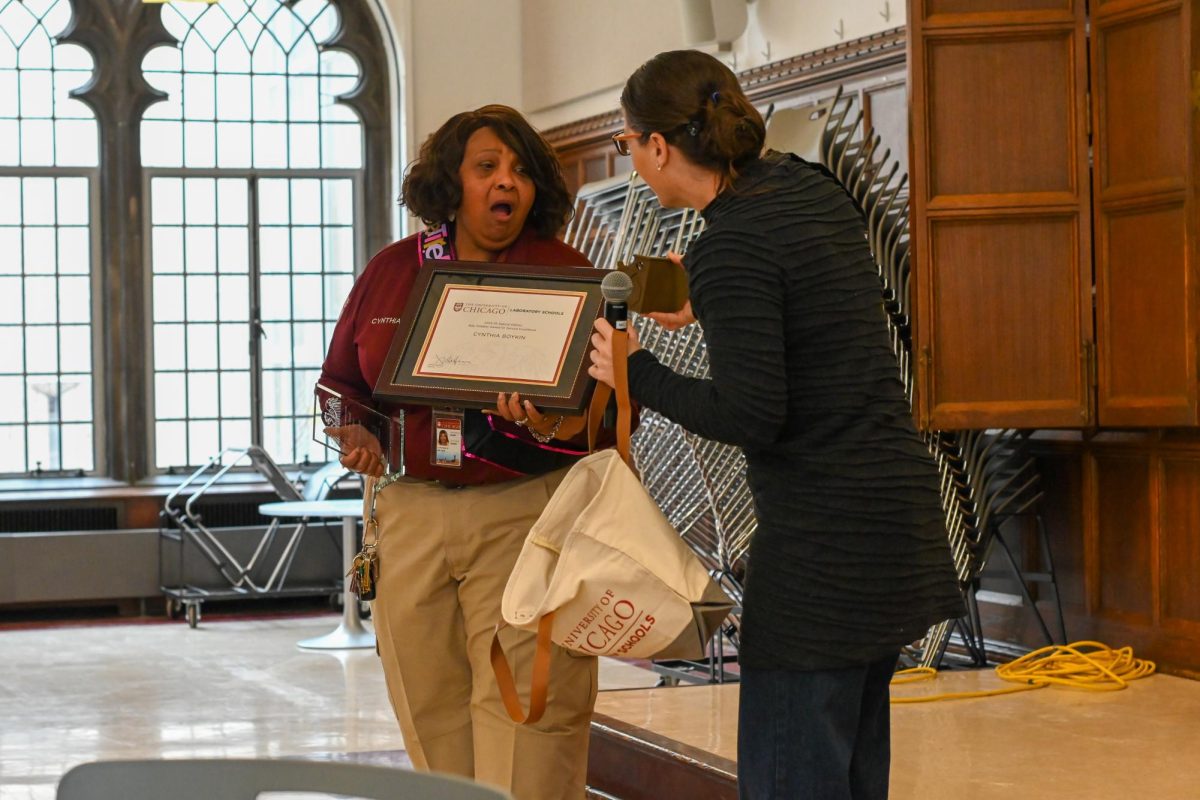A drawing of a girl connected to an IV, surrounded by doctors, each one identical to the other. A featureless ballet dancer, dancing in front of a brown Chicago skyline. A lion, a gear and the Romanian flag, collaged into a cubistic girl. The connection between the three pieces? STEM, art and Stefanie Giurcanu’s dedication to encouraging Romanian girls to pursue both.
Over the summer, Stefanie, a Romanian American senior, found out she had a medical complication and had to undergo surgery. She spent most of the summer in the hospital, forcing her to cancel all of her plans for the summer. While she was there, she noticed the gender imbalance in the medical field, especially among the surgeons.
“My doctor was great, it’s just that I felt alone,” she said. “I didn’t feel like I could relate to anyone, and I noticed that my experience isn’t isolated. I feel like most girls kind of have the same experience on the operating table and also just trying to succeed in their fields.”
Stefanie’s passion for science and the medical field, along with art and ballet have been part of her life since she was in fourth grade, but she’d never mixed the two. Senior Amy Chen, a close friend of Stefanie’s since eighth grade, has connected with Stefanie over their shared experiences in biology and art.
“We both enjoy drawing, painting and exploring art together, and I think over the years in high school… it’s been cool to see her art style grow,” Amy said.
Stefanie eventually united the two seemingly disparate worlds when she started her company RoShe Ventures, where she sells greeting cards decorated with her art to fund efforts to help Romanian girls forge their own paths. Stefanie got the idea after she heard stories from her family about qualified women who were turned away from jobs in their fields of interest to provide for their families.
“My cousin actually was advised to go away from a STEM career and into the arts, a ‘women-suited career,’” Stefanie said. “Without my cousins, my family, my aunts and uncles, I don’t think it would have been as easy to gather Romanian girls.”
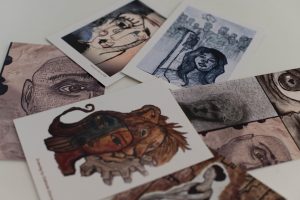
In addition to yearly visits, Stefanie communicates with her family in Romania to help coordinate Zoom meetings with other Romanian girls.
“With these Zoom meetings, I don’t just bring my own personal life experiences,” Stefanie said, “I try to bring other women — people who are at the forefront of their fields — to be sort of like a role model and sort of guide these girls by showing them an example of someone who tried to do what they love, and that they are actually in the world, out there making it.”
Aside from the guest speakers, the substance of these Zoom meetings is based on Stefanie’s own experiences in clubs like WiSTEM and Science Olympiad, as well as her interest in the medical field.
From her experience volunteering at hospitals Stefanie knew she liked helping people, but her experience on the operating table helped her see the medical field differently.
“You need a radiologist, you need an oncologist, you need a bioengineer and an anesthesiologist just to help one patient,” Stefanie said. “I found that approach to science and to STEM and the medical field in general very exciting.”
Even though she plans to pursue a career in STEM, Stefanie hopes to continue her love for art, bring change to the male-dominated medical field, be an inspiration to Romanian girls and ultimately prove that the gap between science and art can be bridged.
“It’s not just science that we focus on,” Stefanie said, “but being able to say that you can do both sides, art and science — not just art, not just science.”






